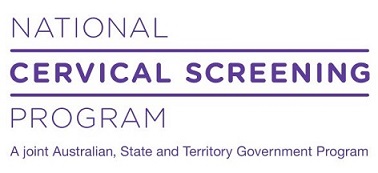National Cervical Screening Program Self-Collection Policy Review
Overview
On behalf of the National Cervical Screening Program (NCSP), the Australian Government Department of Health (the Department) is leading a consultation process on potential changes to the NCSP Policy. We are seeking views from the NCSP sector on policy modifications that will give all NCSP participants a choice to screen using either a self-collected or a clinician-collected sample. Both options would be accessed through a healthcare provider.
This follows a recommendation in 2018 from the Standing Committee on Screening to change the self-collection policy, based on evidence showing equivalent sensitivity of PCR tests on self-collected vaginal swabs versus clinician-collected cervical samples (Arbyn et al BMJ 2018[1]).
At this stage, no formal decision to change the NCSP policy has been made. The purpose of this consultation is to seek your views on how such a policy change will impact you and your stakeholders. The advice received will inform any future implementation plans.
Background
Renewal of the National Cervical Screening Program
The renewed NCSP, implemented on 1 December 2017, introduced five-yearly human papillomavirus (HPV) cervical screening testing with reflex liquid-based cytology for those aged 25-74 years, replacing the two-yearly Pap test previously offered from ages 18-69 years. A self-collection option was introduced at the same time to improve participation for under-screened women. Self-collection is currently limited to women who are aged 30 years or over and have either never participated in cervical screening, or are two or more years overdue for cervical screening.
This review of the self-collection policy will continue to allow the Renewal to achieve its full objectives of reducing morbidity and mortality from cervical cancer, using current and effective screening options.
Australia is at the forefront of cervical screening policy and was one of the first countries to introduce a primary HPV-based cervical screening test, a change which is expected to protect up to 30% more women from developing cervical cancer. Australian research predicts that, if vaccination coverage and screening participation are maintained, Australia is set to eliminate cervical cancer by the year 2035.
[1] Arbyn Marc, Smith Sara, Temin Sarah, Sultana Farhana, Castle Philip. Detecting cervical precancer and reaching underscreened women by using HPV testing on self samples: updated meta-analyses BMJ 2018; 363 :k4823
Why your views matter
The Department recognises that any change to the NCSP self-collection policy will have broad implications for participants, their primary care providers, the pathology sector and specialists providing follow-up treatment and management. Consultation is integral to successful implementation of any changes to the self-collection policy.
Audiences
- Health professionals
Interests
- Preventative health

